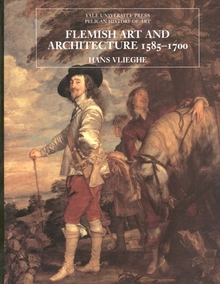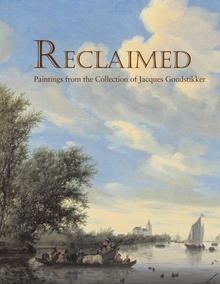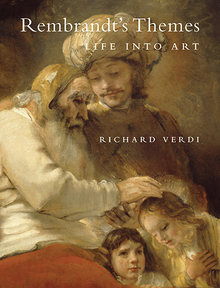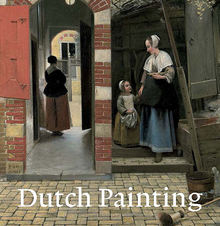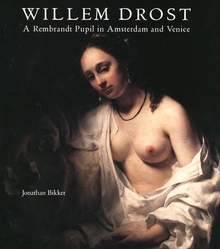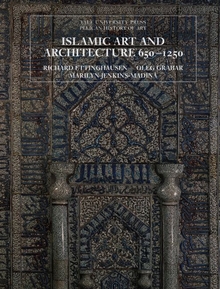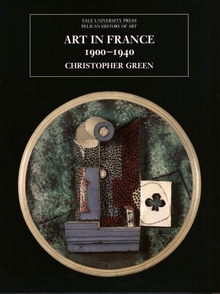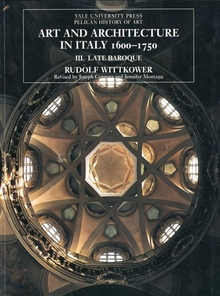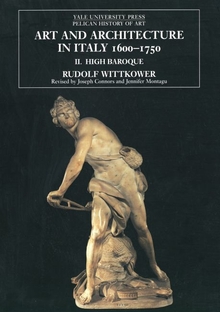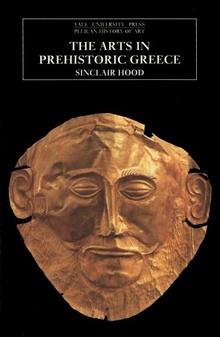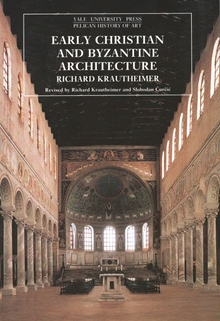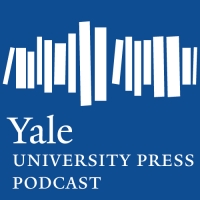Flemish Art and Architecture, 1585–1700
WARNING
You are viewing an older version of the Yalebooks website. Please visit out new website with more updated information and a better user experience: https://www.yalebooks.com
Hans Vlieghe
This beautifully illustrated book provides a complete overview of the art of the Southern Netherlands from 1585 to 1700, the years between the separation of the Southern from Northern provinces and the end of Spanish rule. Eminent Flemish art historian Hans Vlieghe examines the development of Flemish and specifically Antwerp painting, the activity and influence of Rubens and such other leading masters as Van Dyck and Jordaens, the Antwerp tradition of specialization among painters, and the sculpture and architecture of this period. He also describes the socioeconomic and political conditions that facilitated the rise, evolution, and expansion of Flemish art, focusing particularly on the Counter Reformation, which stimulated construction and decoration of new churches according to rules set out by the Council of Trent.
In the first half of the seventeenth century, Antwerp painting rapidly became one of the highlights of Baroque art. This was clearly linked to the activity of Rubens, who was immensely important not only for the astonishing stylistic quality of his work and for his enormous influence on several generations of painters, but also for his workshop practice modeled on the Italian method and his ability to familiarize others with Italian Renaissance and Early Baroque art. Yet Rubens’s work can only be understood fully in the context of the Antwerp tradition. Vlieghe organizes the book around the pictorial categories of Antwerp’s specialists—monumental history, cabinet history, portrait, genre, landscape and architectural, still life, animal and hunting scenes—and discusses the contributions of well known and lesser known artists to each type of painting.
“Vlieghe has prepared the ground for his reappraisal of Flemish art in a remarkable series of essays, exhibition catalogues and books which have given him the authority to make the new Pelican volume a truly original work. His account of numerous individual artists is exceptionally well-informed and draws on many obscure sources so that the text is consistently rewarding. . . . Few authors in the Pelican series have been faced with so great a challenge in redefining their given period, and Vlieghe has produced a book that is going to transform how Flemish art is understood.”—Jeremy Wood, Apollo Magazine
"Hans Vlieghe's long-awaited work on Flemish art offers a detailed and comprehensive overview of the art produced in the south Netherlands from the time of partition up to the end of Spanish-Hapsburg rule. As well as examining the output and influence of leading figures such as Rubens and Van Dyke, Dr. Vlieghe provides the historical, social and cultural context for the development of history painting and other specializations. . . . This book will attract both the informed and general reader."—Alison Smith, Art Newspaper
“Vlieghe . . . presents a comprehensive overview of the art of the Southern Netherlands in this lavishly illustrated volume. Excellent reproductions.”—Art Times
"Vlieghe's volume, essential for current study of Belgian art, revises H. Gerson and E. H. ter Kuile's Art and Architecture in Belgium, 1600-1800. . . . This is of both practical and historiographic interest. . . . Highly recommended."—Choice
“[This] book offers wonderful value in its range of artist and a variety of imagery. There is too a wealth of broader thematic approaches which Vlieghe has brushed in rather than worked up. In short, this volume . . . succeeds very well in providing a map to a richly varied cultural terrain.”—David Howarth, Historians of Netherlandish Art Newsletter
"A major moment of artistic culture has been magisterially sketched by one of its leading authorities."—Larry Silver, The Art Book
Publication Date: January 11, 1999
300 b/w + 100 color illus.

